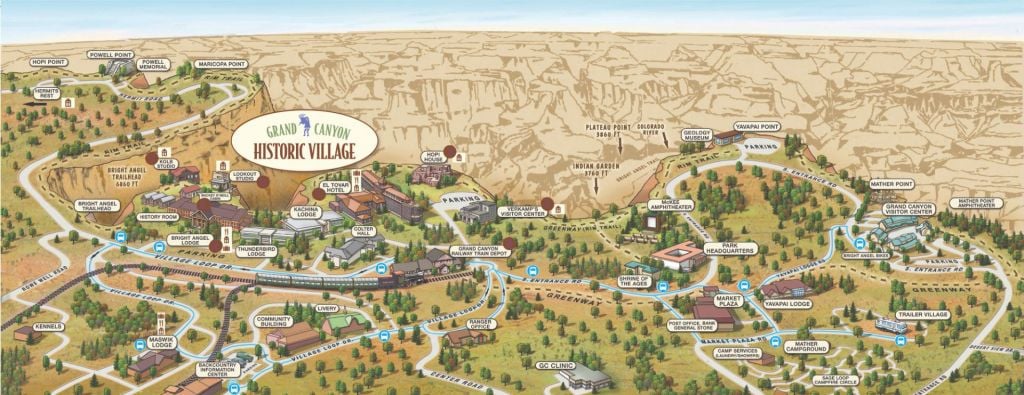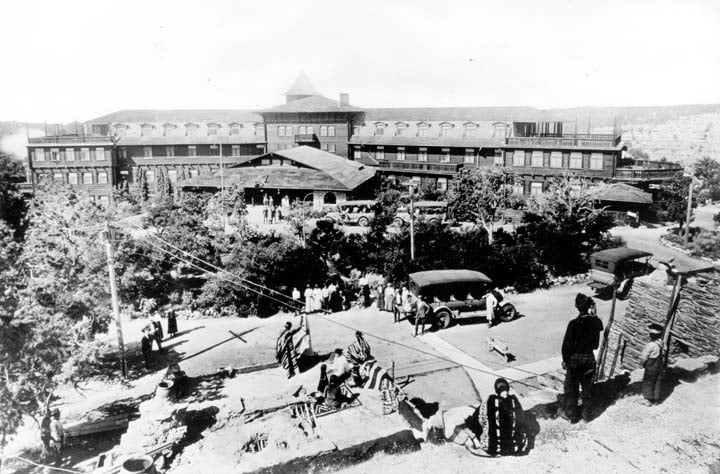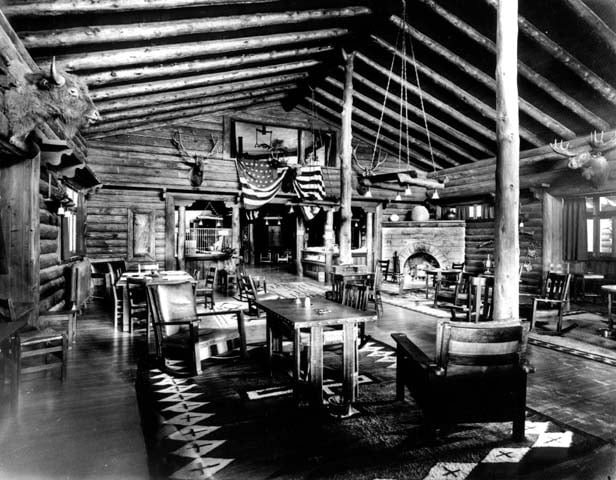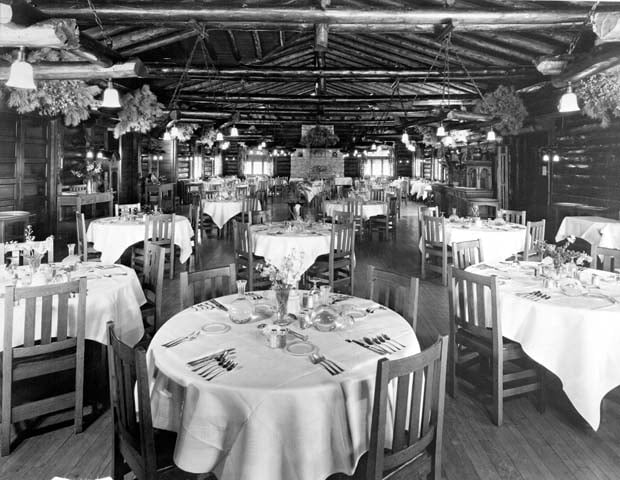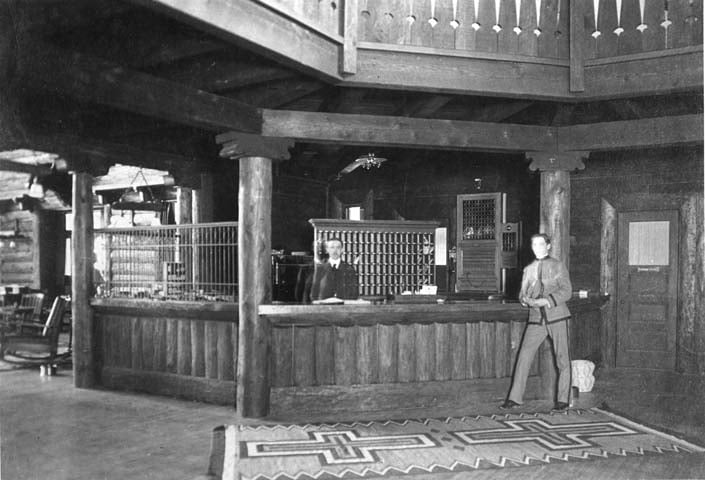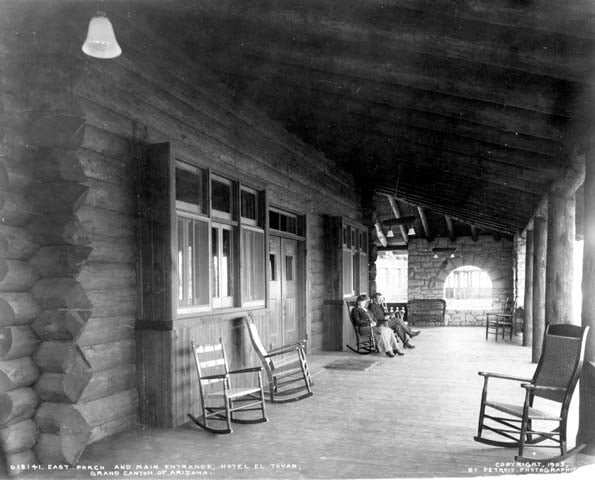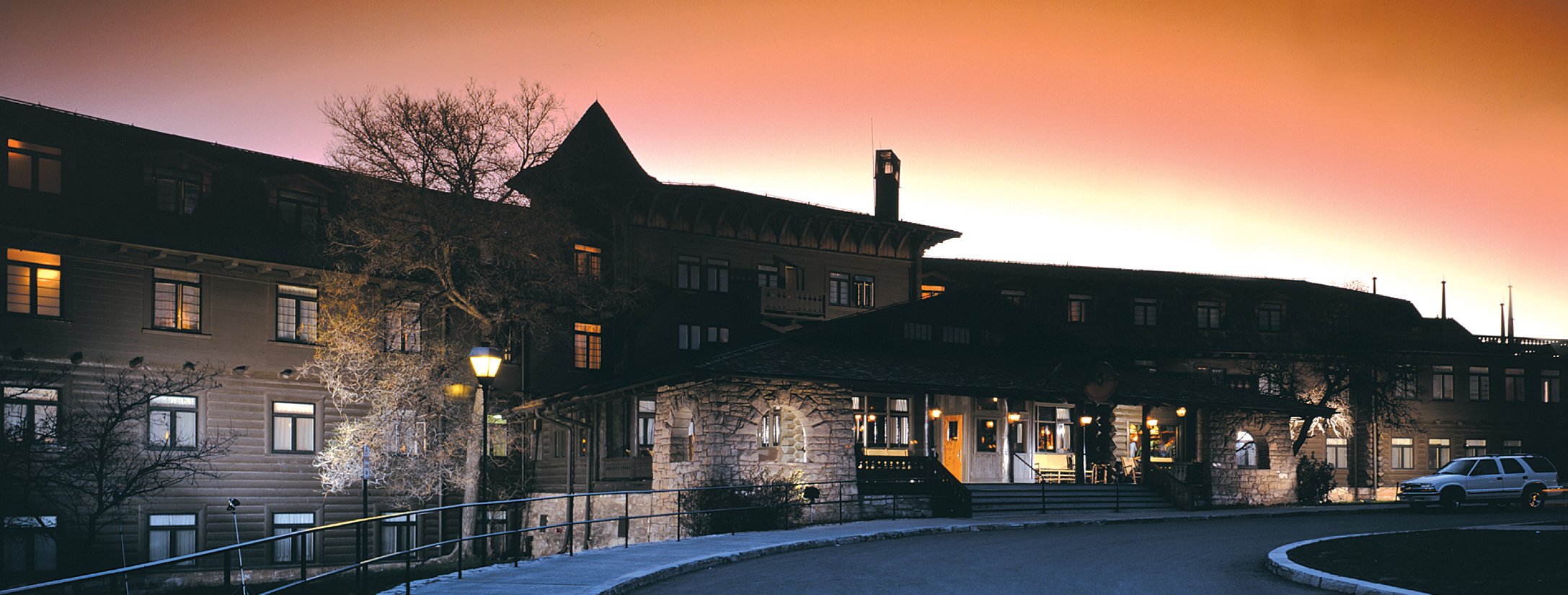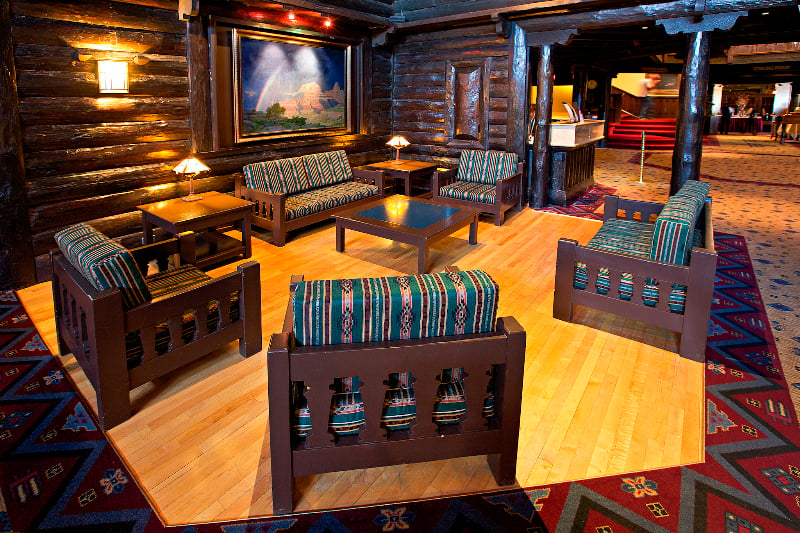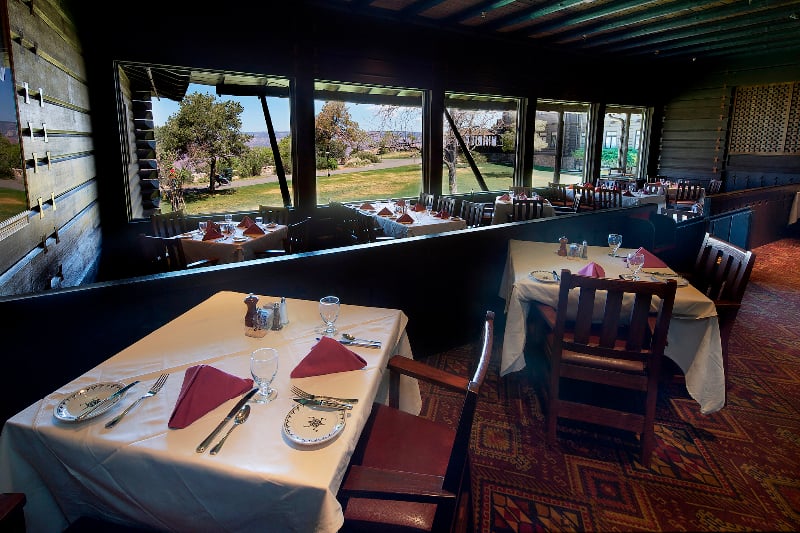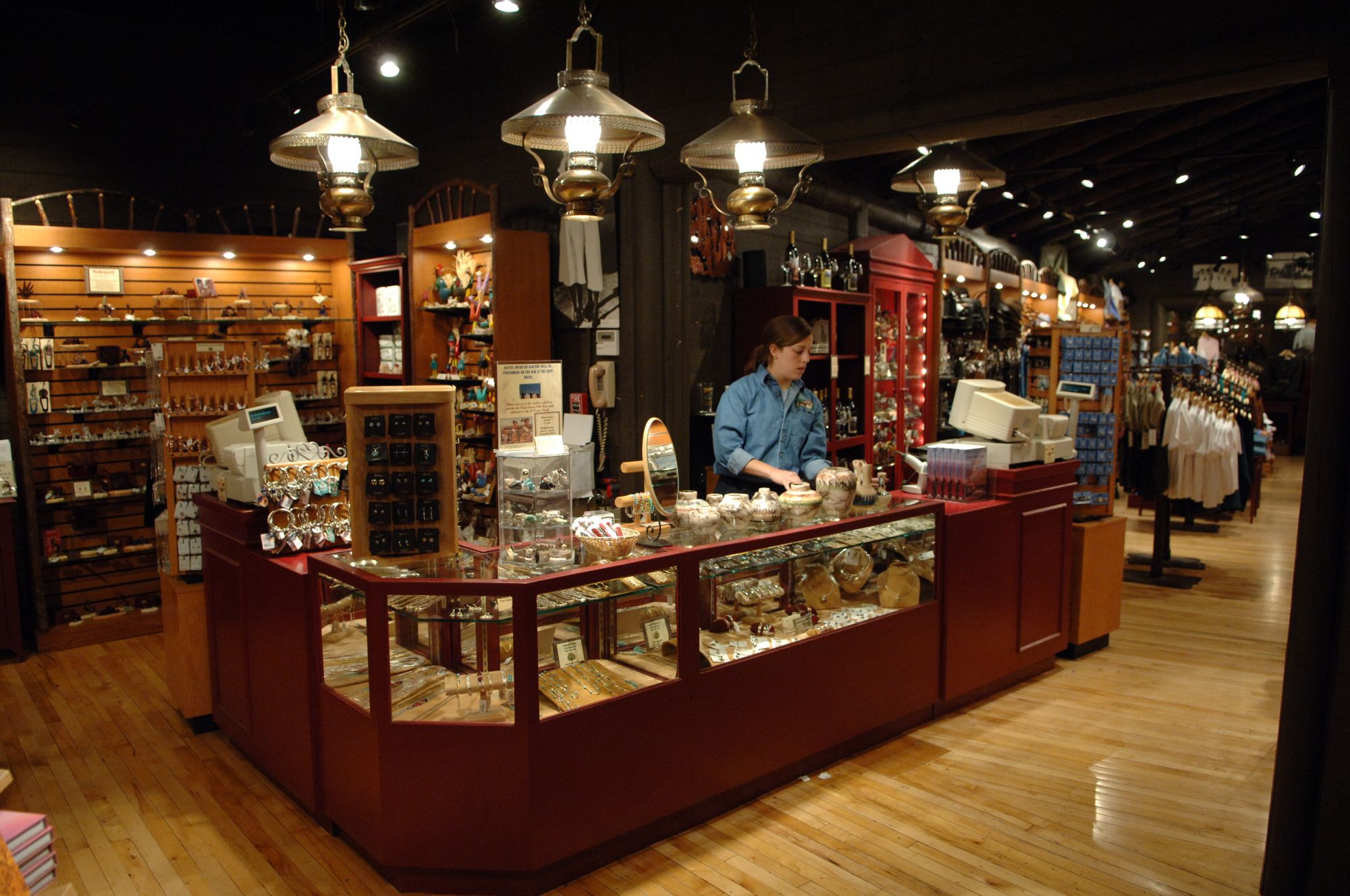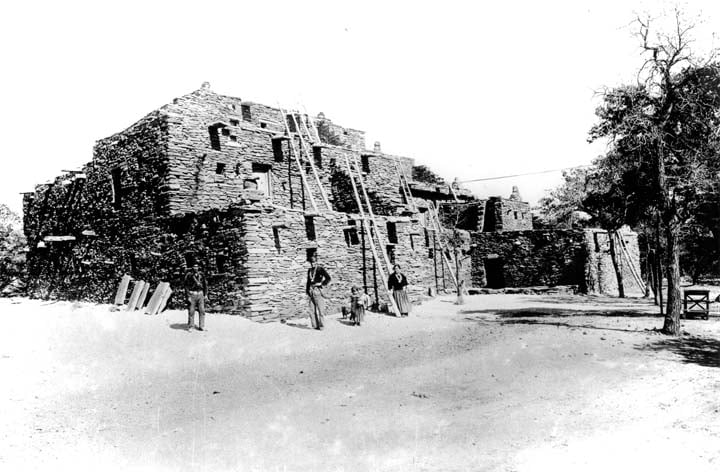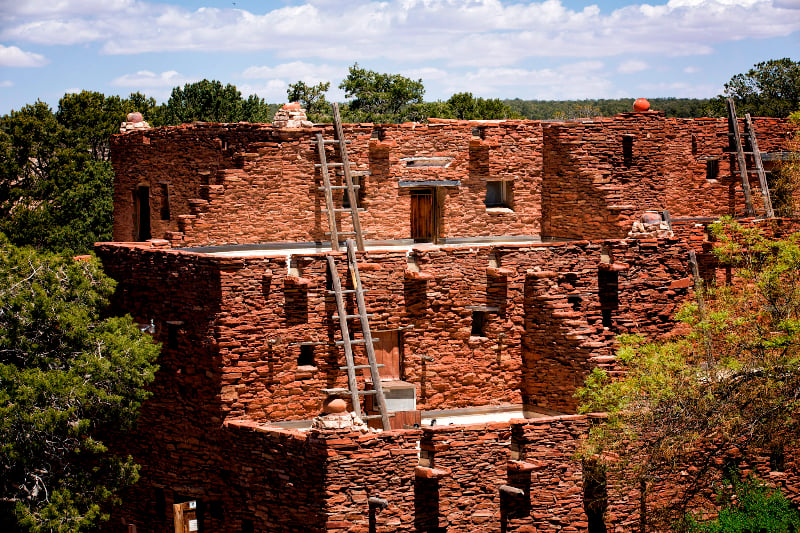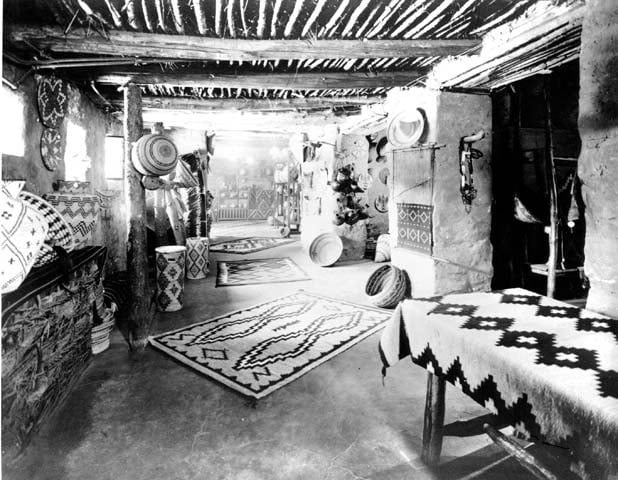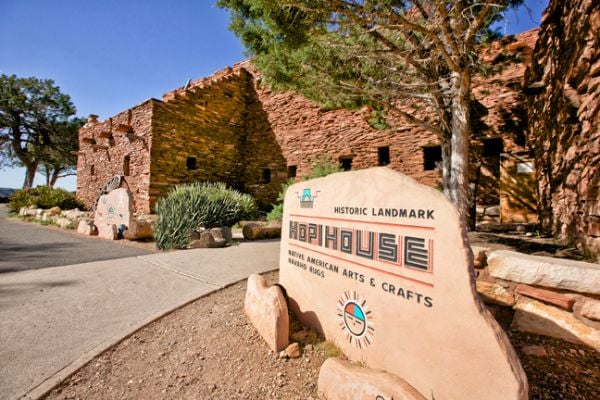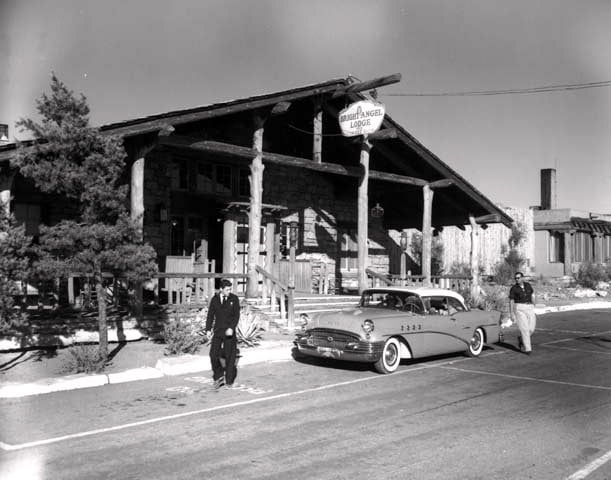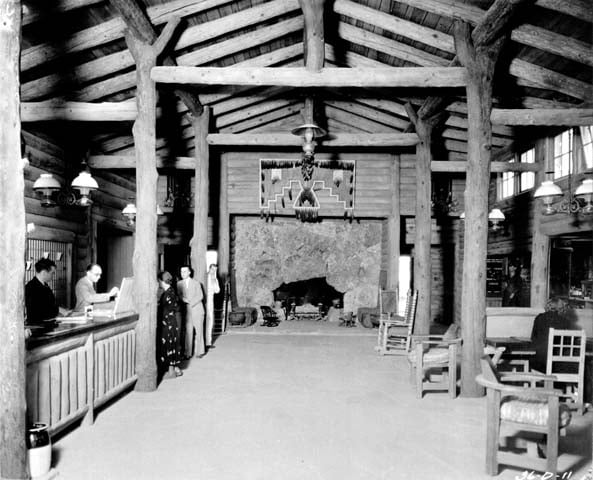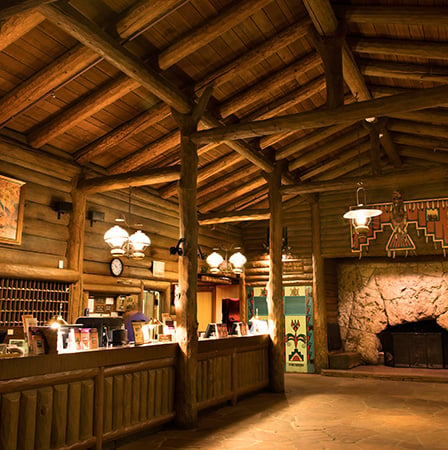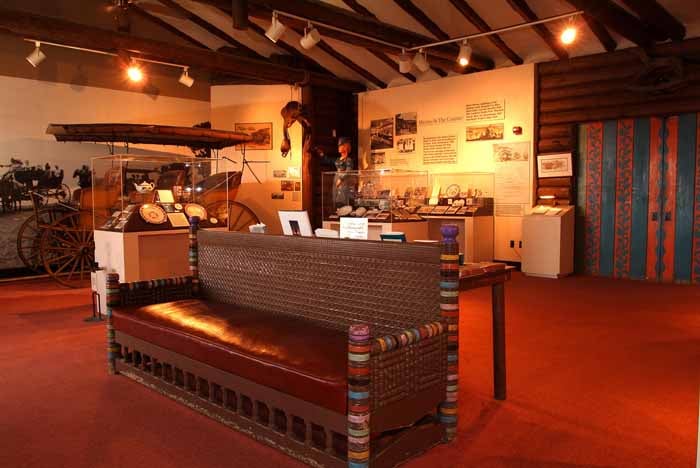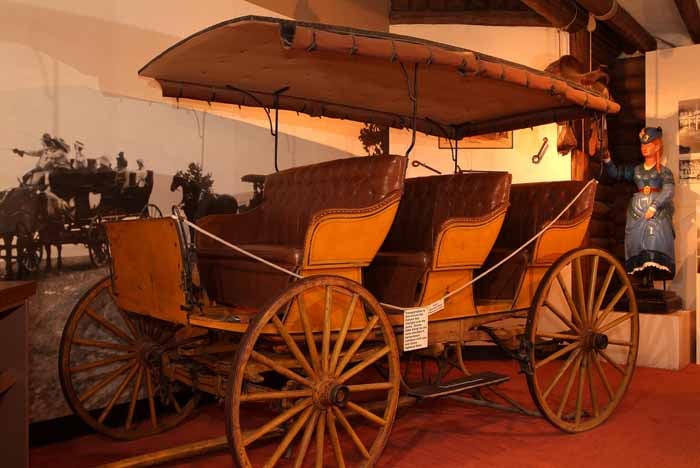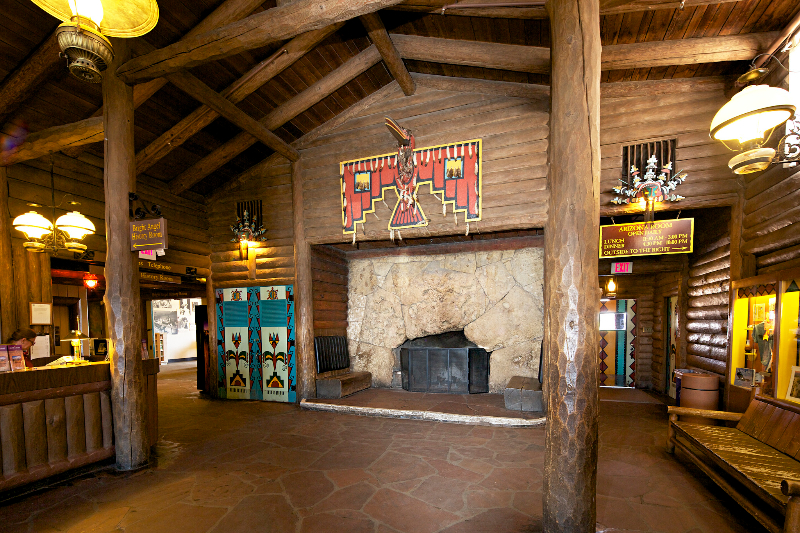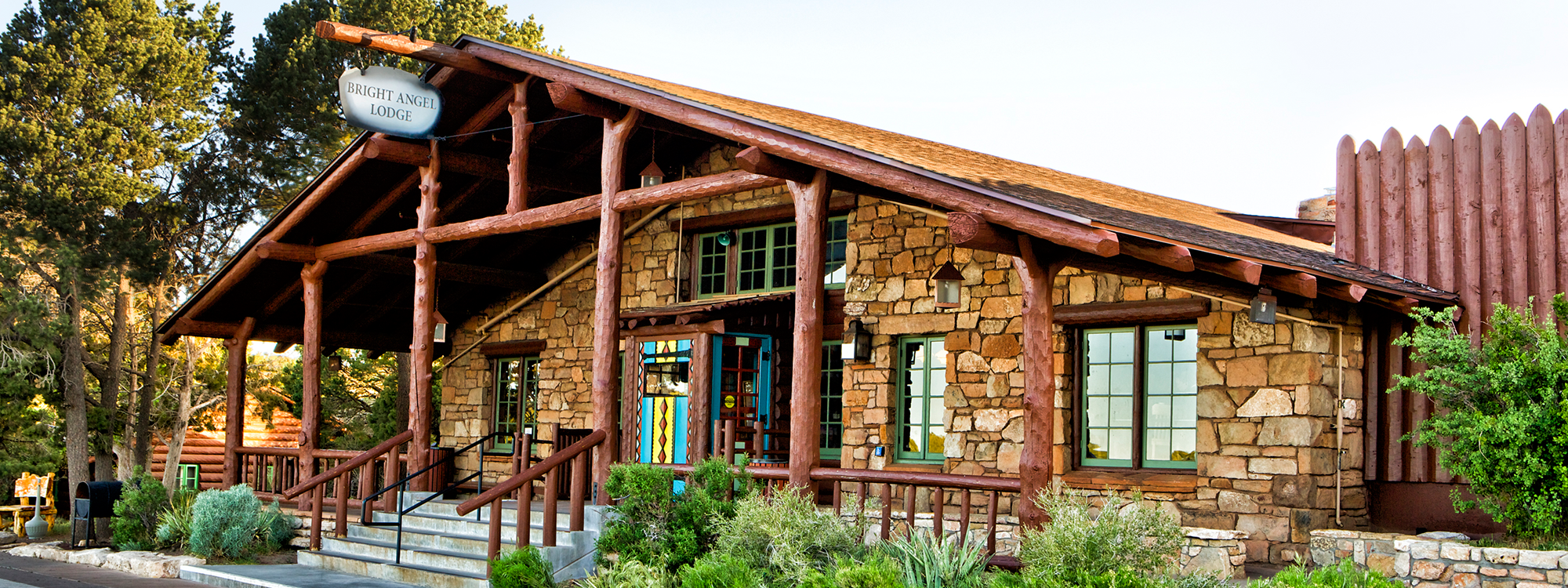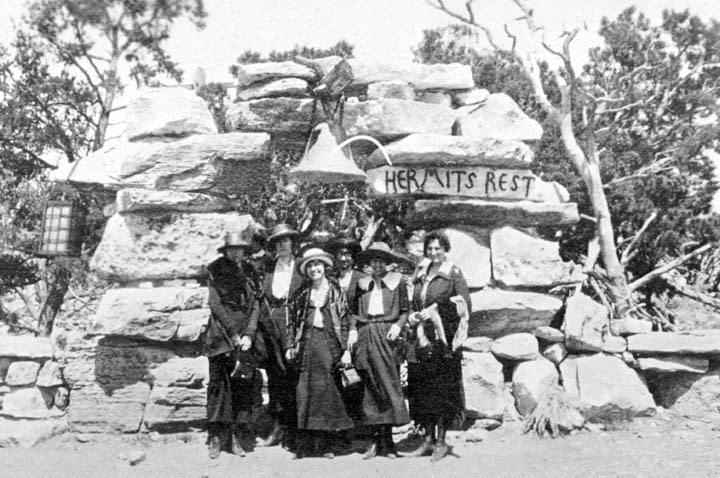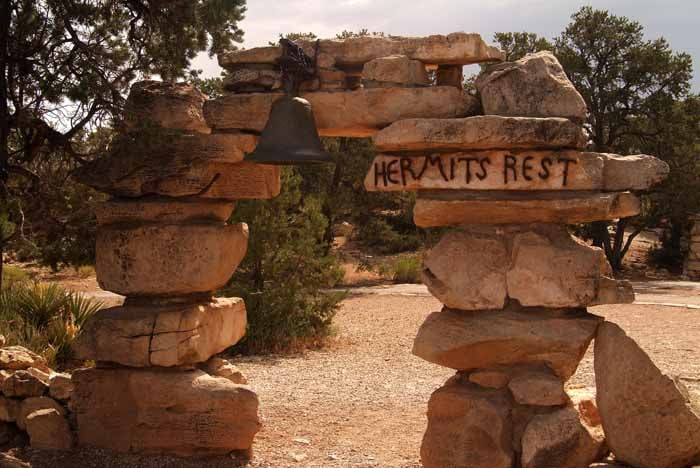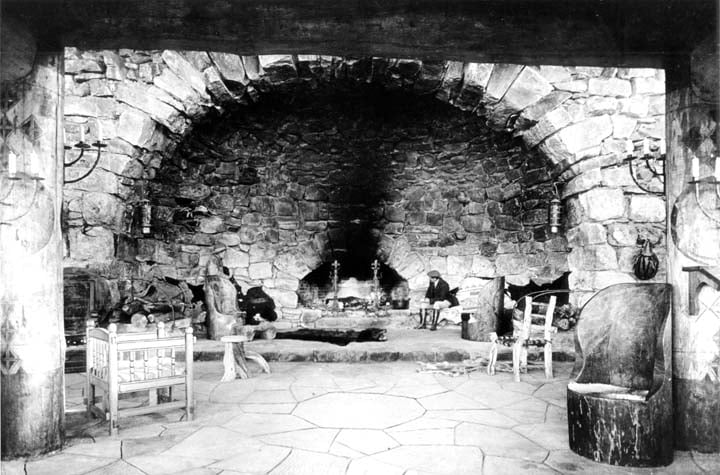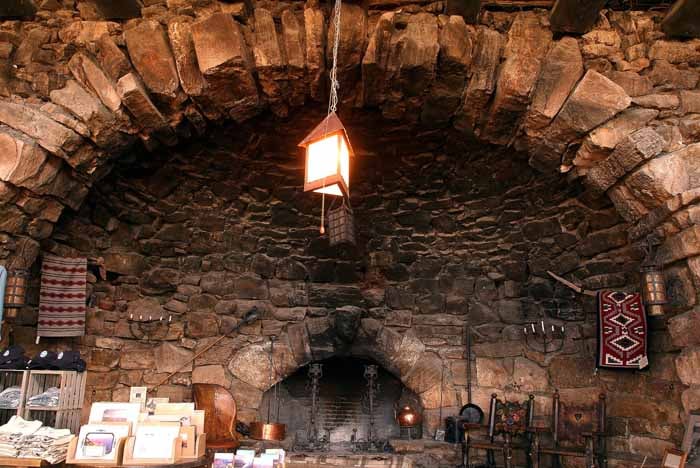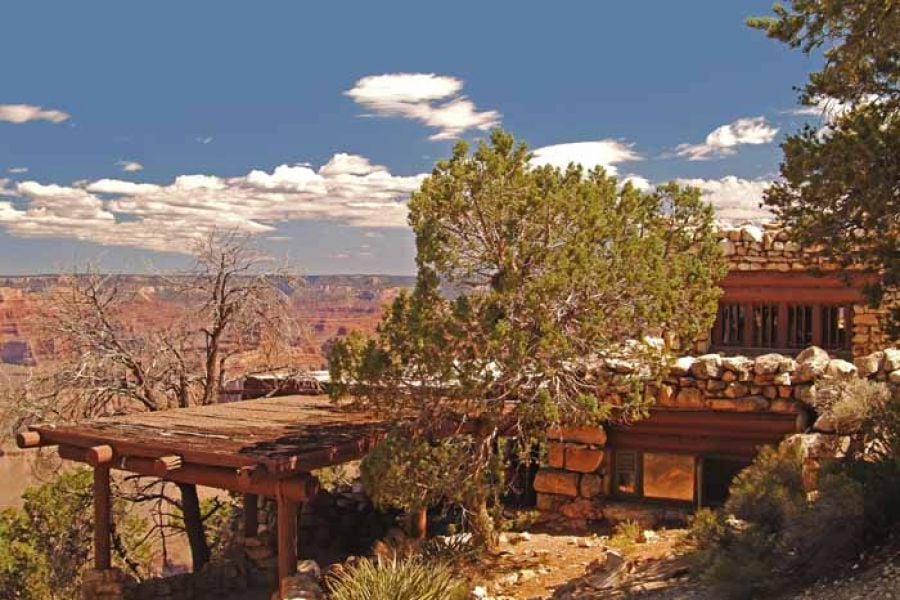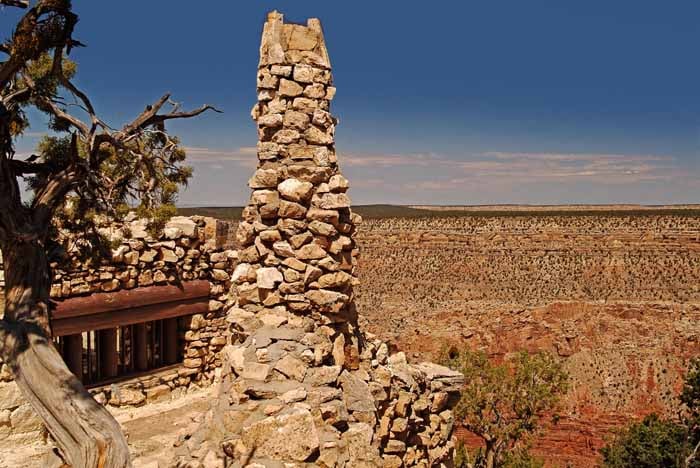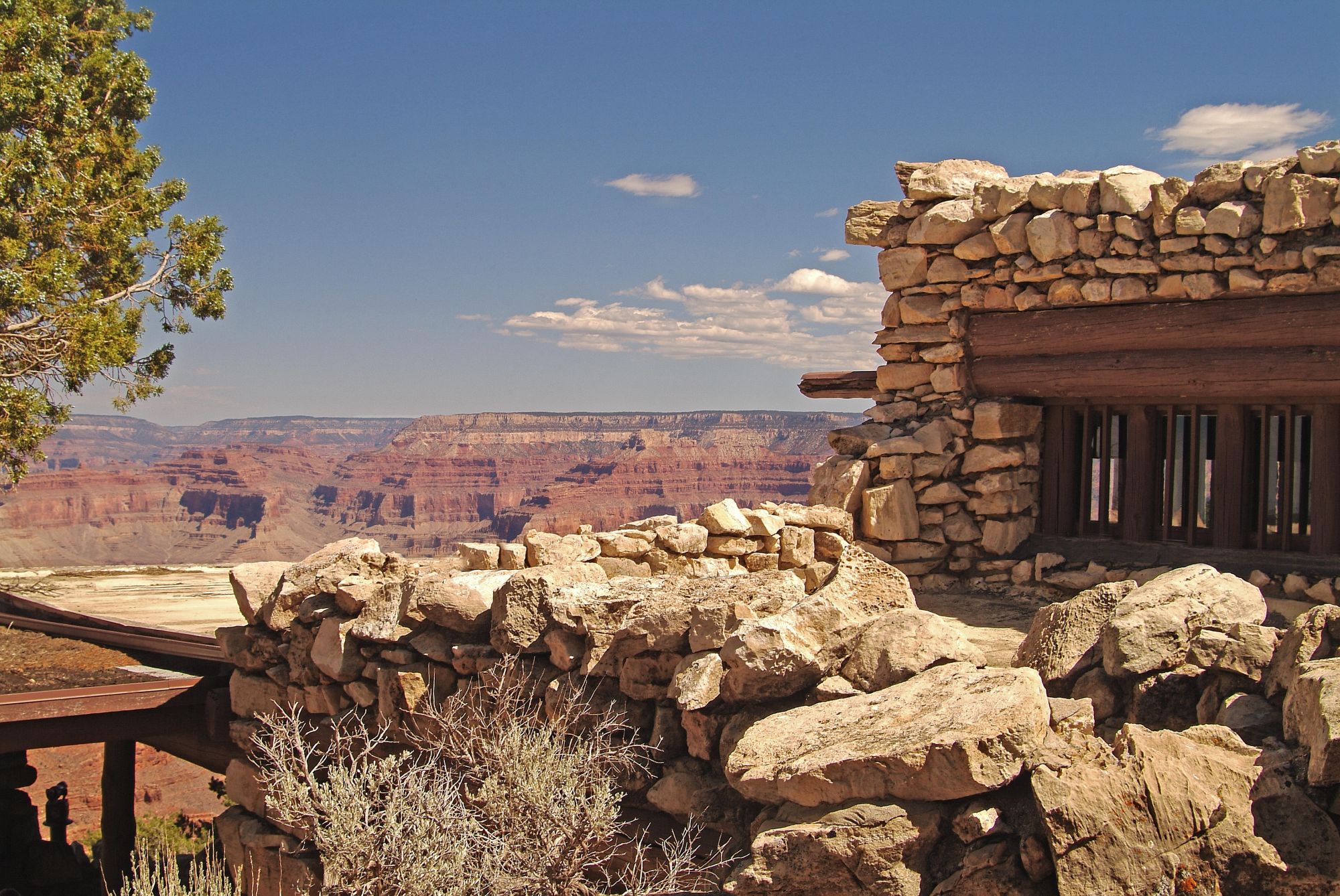Interagency Access Pass
Besides the Canyon - the Other Must See
Though the beauty of Grand Canyon is ultimately the main attraction, picturesque Grand Canyon Historic Village is a must see to truly experience Grand Canyon and its history. There are many historical buildings, national landmarks, and local businesses that deserve attention. Be sure to include some of our must-see sights to make your visit to Grand Canyon a more memorable one. The district comprises the historic center of Grand Canyon Village and includes numerous park structures, many of which are National Historic Landmarks. The Village, planned by the National Park Service, is the largest example of Park Service town planning in the national park system. Architect Mary E. J. Colter designed almost half of the buildings included in the district, including Hopi House, Bright Angel Lodge, and Lookout Studio. Other buildings included in the district are the Grand Canyon Train Depot, El Tovar, the Buckey O’Neill Cabin and the Red Horse Cabin.
El Tovar Hotel
The first major structure to be built in the Village was El Tovar, designed by Charles Whittlesey and financed by the Santa Fe Railroad. The hotel opened in 1905, and was one of the fanciest hotels west of the Mississippi. The Fred Harvey Company was chosen to manage the new hotel, due to an existing relationship with the Santa Fe. The clean, comfortable hotel with fine dining and activities was an immediate hit, and its popularity was fueled by the Sante Fe’s marketing efforts to publicize the beauty of the Grand Canyon. The hotel features 78 guest rooms, a gift shop, newsstand, dining room, and lounge. The hotel is open to the public and is a great place to relax and step back into life in 1905. The hotel is open year-round.
Hopi House
The Hopi House was designed by renowned architect Mary E.J. Colter and opened in 1905, at the same time as El Tovar. Colter was one of the first American architects to appreciate the natural beauty of Native American design. Therefore, she designed Hopi House to reflect that of a typical adobe pueblo used by the Hopi Indians of Old Oraibi. The Hopi House, a National Historic Landmark, has been offering authentic Native American arts and crafts to visitors for purchase since the Fred Harvey Company opened its doors.
A visit to Hopi House combines retail shopping with museum-quality artifact viewing. Here you will find a large selection of native arts and crafts available for purchase, such as hand-crafted kachinas, Native American jewelry, hand-woven Navajo rugs and authentic Native American pottery. The second-floor gallery offers a variety of museum-quality items. Hopi House is located next to the El Tovar on the canyon rim. It is open year-round. Hours vary seasonally.
Bright Angel Lodge
Built in 1935 by the Fred Harvey Company to provide moderately priced accommodations, Bright Angel Lodge stands as another Mary E. J. Colter masterpiece. Walk in and spend time in the lobby to examine the craggy fireplace and notice the American Indian iconography adorning the doors and panels. A second fireplace, in the History Room, features Colter’s ten-foot high geologic representation of the Grand Canyon rock layers. This room once served as a lounge for long-ago visitors; today it houses the Fred Harvey Museum. Bright Angel Lodge became the hub of activity as soon as it opened and remains the focal point of the South Rim today. The lodge features the Fred Harvey History Room, a free exhibit detailing the history of Fred Harvey Company and its famous Harvey Girls. The lodge also features a gift shop, two restaurants, a lounge, coffee house, and a seasonal ice cream fountain.
Lookout Studio
Lookout Studio was designed in 1914 by Mary E.J. Colter as a gift shop and lookout point for the Fred Harvey Company. It is perched on the very edge of the rim, providing spectacular views. It blends exceptionally well with its natural setting. There are two small outdoor overlooks that are open in good weather.
Lookout Studio sells photography and books related to the Grand Canyon, rock and fossil specimens, traditional souvenirs, books, and photographic prints. It is located a short walk west of historic Bright Angel Lodge. Open year-round. Hours vary seasonally.
Kolb Studio
Once the home of the Kolb brothers, who were early photographers at Grand Canyon, Kolb Studio features changing art exhibits displayed in the auditorium throughout the year. This facility is operated by the Grand Canyon Conservancy.
Built by Brothers Ellsworth and Emery Kolb from 1904 to 1926, Kolb Studio is included in the National Register of Historic Places. The bookstore and auditorium are open to the public. The studio is located in the Village Historic District, at the Bright Angel trailhead. Open year-round. Hours vary seasonally.
Hermit's Rest
This National Historic Landmark is yet another extraordinary example of Grand Canyon architecture designed by Mary E.J. Colter. Constructed in 1914 for the convenience and comfort of the traveler at Grand Canyon, Hermit’s Rest offers a far-reaching and interesting view of the canyon.
The main structure contains a snack bar and gift shop featuring traditional gifts, park souvenirs, and Native American handicrafts. Hermit’s Rest is located at the western end of the Hermit Road, approximately seven miles west of Grand Canyon Village.
There are numerous other historic structures located in the Historic District
- The El Tovar Stables (1904) were built to house horses and mules used for transportation around the park in pre-automobile times, and continue to be used to house mules for trips to Phantom Ranch. Individually listed on the NRHP.
- Verkamp’s Curio Store (1906), is now Verkamp’s Visitor Center, and is operated by the Grand Canyon Conservancy for the National Park Service. Built by Ohioan John George Verkamp, who sold Native American crafts and souvenirs, the two-story shingled building has been described as “modified Mission” style, resembling an adobe building in form if not materials.
- The Grand Canyon Power House was built by the AT&SF to provide electricity to concessioner and park facilities. The Power House is notable for its application of rustic design principles to an industrial structure and for its creative use of scale. It is an individually listed National Historic Landmark.
- The Grand Canyon Depot (1910) and Grand Canyon Railway (1905) were built by the AT&SF. The depot, designed by Francis W. Wilson, is an individually listed National Historical Landmark, and the railway is on the National Register of Historic Places.
- The AT&SF Employee residences were built to house concessioner employees. Both the subdivision and the houses themselves are larger than the Park Service equivalent, with garages to the rear of the houses on alleys.
- Colter Hall, designed by Mary E.J. Colter and located behind El Tovar, was originally a dormitory for the Harvey Girls. It serves as employee housing today.
The Fred Harvey Legacy
Who was Fred Harvey?
Arriving from England in 1850 at the age of 15, Frederick Henry Harvey worked as a dishwasher before creating the very first chain of hotels in the United States.
By 1887, the Santa Fe Railway was struggling through the difficult Colorado and New Mexico terrain to compete with the more mature Union Pacific and Northern Pacific routes, yet emerged from the depression of 1893 as a major line.
The travelers of that era moved through Chicago on a slow journey westward on hard board seats in overcrowded crude coaches. At a time when most railroad food was poor and even inedible, Fred Harvey provided appetizing meals in comfortable dining quarters. He opened his first railroad restaurant in Topeka, Kansas in 1876.
Fred Harvey’s restaurant business coincided with the dramatic changes taking place in a growing America. Harvey’s rest houses became gathering places for visitors searching for mementos of Indian land and the Native residents of some of the West’s most striking cultural and geographic terrain.
Perhaps more than any single organization, the Fred Harvey system introduced the New America to Americans.
The history lives on. To learn more and see historic displays from the Fred Harvey era, be sure to visit the History Room at Bright Angel Lodge.
